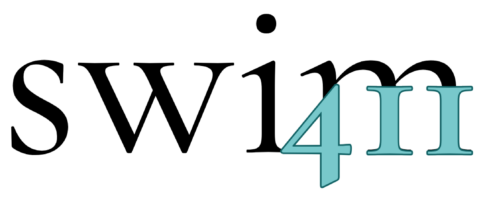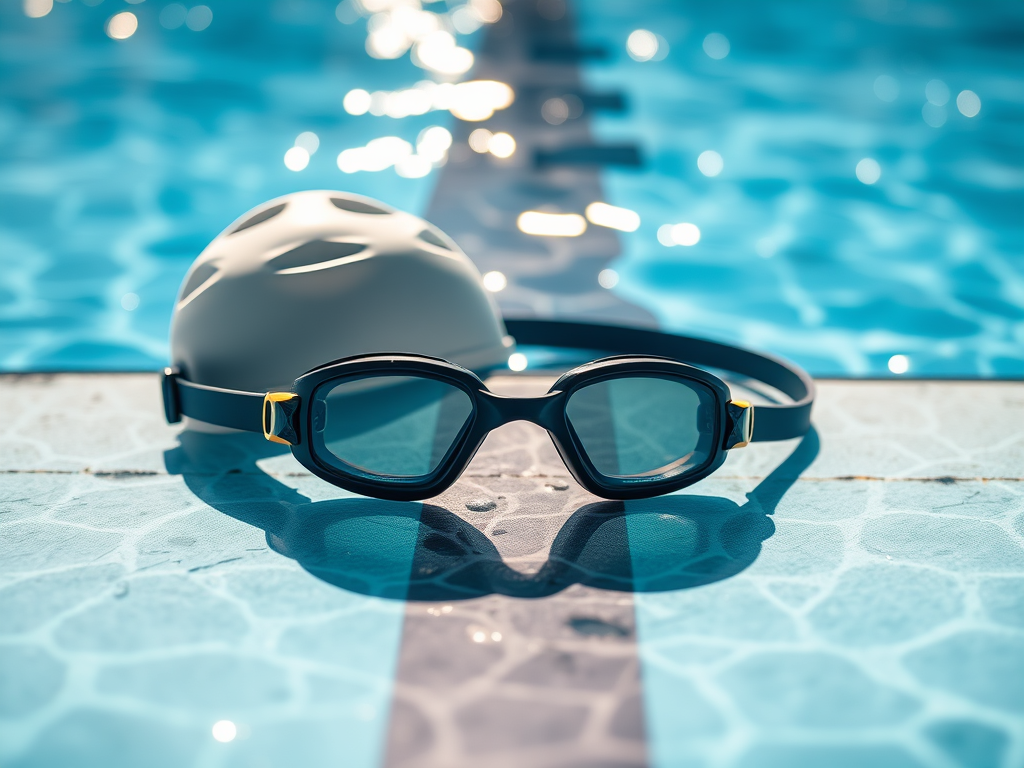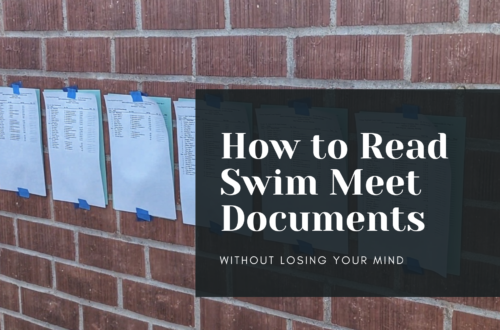Welcome to the pool!
Diving into the world of swimming can feel like learning a whole new language. Whether your child is just starting lessons or joining a swim team, understanding common swim terms can help make the experience smoother for both parents and kids. Here’s a quick guide to some key terms you’ll hear at the pool.
Freestyle – This is the most common and fastest stroke in competitive swimming. It’s involves alternating arm movements and a flutter kick.
Backstroke – Swimmers lie on their backs and use a flutter kick with alternating arm movements. It’s the only stroke done on the back in competitions.
Breaststroke – A slower but highly technical stroke, where the swimmer moves their arms and legs in a frog-like motion. The most technical of strokes.
Butterfly – One of the most challenging strokes, involving simultaneous arm movements and a dolphin kick. It’s known for its power and grace.
Flip Turn – A quick turn performed underwater when reaching the end of the pool, used in freestyle and backstroke races.
IM (Individual Medley) – A race in which a swimmer competes using all four strokes (butterfly, backstroke, breaststroke, and freestyle) in a specific order.
Lane Markings – Guide lines on the bottom of the pool and in the center of each lane extending from one end of the pool to the other.
Lane Lines – The floating dividers that keep swimmers in their lanes and reduce waves.
Local Swimming Committee (LSC) – An administrative division of the National Governing Body (USA Swimming) with the supervisory responsibilities within certain geographic boundaries designated by USA Swimming. See a map of all the LSCs on the USA Swimming website.
Zones – USA Swimming divides the United States into four zones: Eastern, Central, Southern, and Western. These zones are used to organize championship meets (Zones and Sectionals) for both age group and senior swimmers.
Long Course – Races and training that takes place in a 50-meter pool. This is the international pool length for major international events like the Olympics. Long Course season runs from March/April to early August.
Short Course – Races and training that takes place in a 25-yard pool. This is the US standard and the length swam at High School and College events. Some teams have the pool so the shorter distance is 25-yards and the longer distance is the 50-meter distance. Short Course season is from September to the end of March.
Starting blocks – Platforms from which the swimmer enters the water at the beginning of an event.
Streamline – The position used by swimmers when starting or pushing off the walls designed to reduce water resistance.
Timers – Volunteers who time swimmers in a specific lane during a swim meet.
Touch Pad – A large sensitive board at the end of each lane where a swimmer’s finish is registered and sent electronically to the timing system.
Understanding these basic terms can help new swim families feel more comfortable and engaged in the sport. So, grab your goggles, and let’s make a splash!





